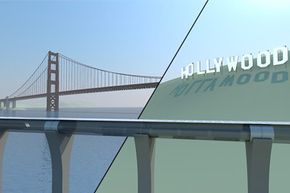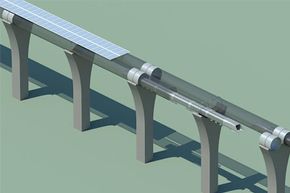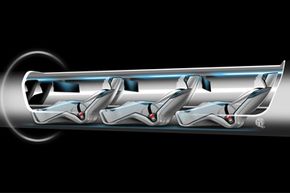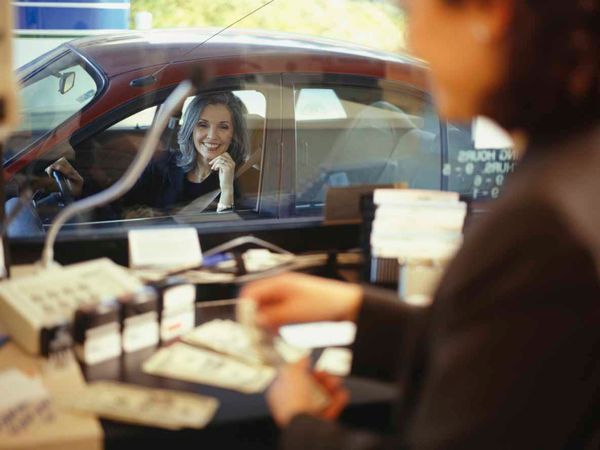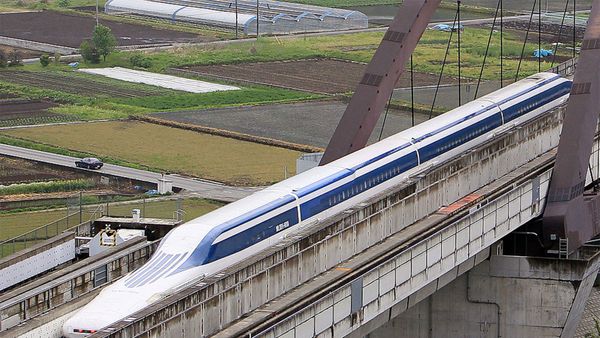Elon Musk, the billionaire founder of PayPal, has given us snazzy, new electric cars courtesy of Tesla Motors and private spaceflight through his company SpaceX. Now Musk envisions cutting the travel time between Los Angeles to San Francisco to a mere 35 minutes. He has proposed building a high-speed transportation system that would allow humans to travel 760 miles (1,223 kilometers) per hour, or Mach 0.91 (assuming 68 degrees F/20 degrees C).
If it sounds like something out of a sci-fi movie ("Logan's Run," anyone?), it is. Still, if Musk has his way, the futuristic Hyperloop will replace bullet trains and revolutionize transportation just as the locomotive, automobile and airplane did. The only problem is that no one really knows if the Hyperloop will work and how much it will actually cost.
Advertisement
That's not stopping Musk from pushing the concept. He says the price tag is a mere $6 billion. Many people are a bit skeptical. Some experts say they couldn't build a decent-size bridge for such a paltry amount [source: Bilton]. Moreover, California is now working on a plan to build a much slower rail system between the two cities at a cost of $60 billion. It was this proposal that drove Musk to envision the Hyperloop. The California plan, Musk wrote in a 57-page white paper he published on the SpaceX site in August 2013, was expensive for a bullet train that is "one of the slowest in the world." In case you're wondering, the California High-Speed Rail Authority estimates the train will be capable of traveling more than 200 miles (322 kilometers) per hour.
Regardless of the price and of the difficulty of creating an almost-supersonic transportation system, Musk says the Hyperloop is a cross between a train and plane. In many respects, it's sort of like traveling in a bullet through a shotgun barrel partly using technology from an air hockey game. So, how does Musk envision the Hyperloop actually working? Hope onboard to find out.
Advertisement
